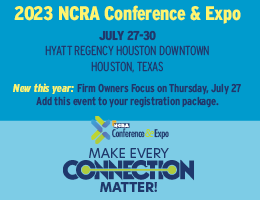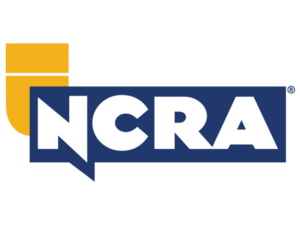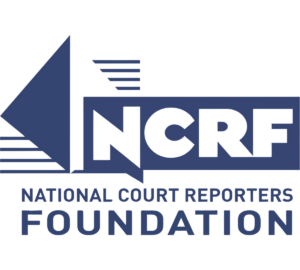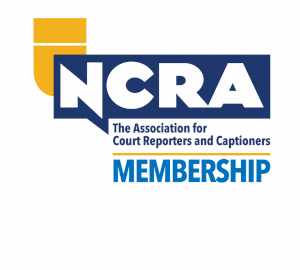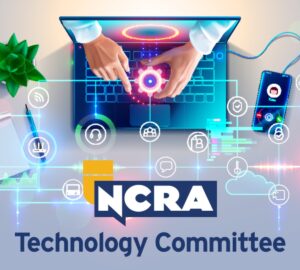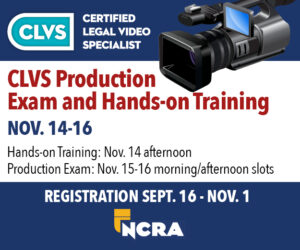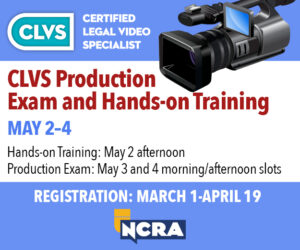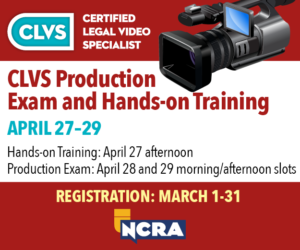The Viewpoint column allows readers to express their thoughts on various topics. Statements of fact or opinion are the sole responsibility of the author and do not necessarily express the opinion of NCRA or anyone connected with NCRA.
Nonstenographic and some stenographic competitors are offering free video by having the reporter, or recorder, also shoot a video of the deposition. A general perception is it’s not that difficult to set up a camera on the table and record a deposition. Recently, in response to the competitive pressure, some NCRA members and agencies are wondering if they should make the same offer. Doing so is in direct conflict with the NCRA Committee on Professional Ethics Advisory Opinion 44.
In the face of market competition, we cannot forget that as Guardians of the Record we are to produce a neutral record of the highest quality. Unattended video recordings are similar to incomplete transcriptions of poor quality digital audio recordings; they undermine the neutrality of the record. The COPE opinion supports the standard to have both a court reporter and a legal videographer, where each is providing the professional service of an official record, neutral to all parties, without missing portions or adding aesthetic influences.
For reference here is the question that was addressed in opinion 44:
Should a court reporter act as both the verbatim reporter and the videographer for the same proceeding?
The advisory opinion includes the statement of a reporter’s “ethical duty not to enter into a business relationship that compromises the reporter’s ability to produce an accurate record.” It goes on to state, “The paramount duty of the reporter is to produce an accurate record.” In conclusion, the opinion states, “The committee on Profession Ethics has determined that a reporter may not act as both the videographer and the verbatim reporter for the same proceeding.”
As stated in Advisory Opinion 44; “Acting as the videographer for a proceeding can be a very complex endeavor as evidenced by the number of Standards set forth by NCRA’s Certified Legal Video Specialist (CLVS) Committee. For example, (CLVS) Standard 43 states that ‘The videographer shall continuously monitor the video recording with a monitor/receiver that is connected to the output of the VCR.’ The committee believes that a single person cannot continuously monitor the recording while simultaneously producing a stenographic reporting of the proceeding.”
We can now fast-forward from this opinion that was originally published in 2006. Since then, technology has changed, and the competitive marketplace is putting pressure on stenographic reporters to provide additional services at little or no extra cost. Attorneys who expect more for less are not going away. Competition from alternative methods of creating the record continues to grow in both the courts and the deposition setting. Firm owners and reporters are just trying to survive in the face of mounting competition.
Nonstenographic methods require that a media file be created as part of the transcription process. Often this is either a video record of the proceedings or an audio record. Court reporters continue to emphasize that technology can fail and a reporter provides a more accurate record. But the alternative method providers can point to reporter failures as well. No method is 100 percent perfect, but I would argue that verbatim reporters are better at capturing an accurate written record. One major advantage is that a verbatim reporter can request clarification contemporaneously, eliminating any inaudible or other problems with the official record.
What the nonstenographic recorders market is a lower cost, a media file, and a transcription of the proceedings. This appears to be a very attractive offer to attorneys who are looking to control discovery costs. They get both a transcript and a video of the witness’s deposition. This price and level of service pressure has prompted stenographic reporters to consider offering to act as both the videographer and the reporter in a deposition setting. But is the offer as attractive as it seems?
NCRA, through the CLVS program, educates legal videographers about the necessity to remain neutral, not only in their actions and the services they provide but also in the product that is supplied to the parties. This is an important distinction; the video must also be neutral. Unlike a verbatim transcript, with a video deposition, prejudice may be introduced by the picture composition, angle of the camera, or the quality of the reproduction, for even the most accurate recording.
There is a very real risk that the video cannot be used in court because it is ruled as prejudicial. In multiple cases, it has been ruled by the court that a video cannot be played for the jury after sustaining an objection that the technical quality of the video introduced prejudice. These rulings have been based either on poor quality of the picture that unfairly influences the perception of the witness, poor quality audio, or even due to unwanted background noise in the audio portion of the record. In those cases, despite having a video, attorneys were left to read testimony into the record. The attractive offer of free video loses some of its attraction if the video can’t be used in court.
You may ask yourself, “It’s a video. How can that be prejudicial?” Think about watching a grainy surveillance video of an investigative report that follows a subject who is to be perceived as a suspect, or a reality show that catches a character unaware in an embarrassing whispered comment. The perception of those video examples introduces a preconception about the subject on screen. They are standard techniques used to influence the viewer and, therefore, introduce an element of prejudice. These dramatic examples are not the neutral video record required for a legal proceeding.
Having a properly framed shot of the witness, a neutral camera angle, and constant monitoring of the audio feed are the responsibility of the legal videographer. Without a videographer at the deposition, it is difficult for the reporter to perform those tasks and make a stenographic record but easy to inadvertently introduce prejudice into the video record.
Often the free video that is offered to attorneys is recorded by low quality Web cameras that do not gather light and reproduce images as well as professional cameras. The result is a grainy image that subliminally affects the perception of the witness by the viewer. Two additional shortcomings of a video from a tabletop Web camera without a dedicated videographer are the framing of the witness and the angle of a shot.
A witness will move from side to side during a deposition; without a videographer present, they often move out of the frame. To account for this, an unattended video must have wide enough framing to compensate for the witness movement. However, a wide shot diminishes the witness’s size in the picture frame, and this affects the viewer’s perception of the witness. A wide shot also increases the likelihood of distractions being included in the picture, such as the attorney representing the witness, other people in attendance, laptops, coffee, and water.
Camera angle for a scene is a technique often used for dramatic effect by Hollywood filmmakers but has no place in the deposition setting. In depositions produced without a videographer, setting the camera on the table results in an angle that is below eye level of the subject, which is commonly known in filmmaking as a low angle. When the subject is shot from a low angle, the result is they appear “larger than life.” Alternatively, if the camera is mounted on a wall above the distractions on the table, it produces a high-angle shot, above eye level, which diminishes the screen presence of the subject and again alters the viewer’s perception of the witness.
Visual perception of the witness is one area important to a CLVS, but the testimony is in the audio track. In Hollywood films, a Foley artist has the job of adding background noise, the creaking stairs in a horror movie, a scream off camera, or the sound of a siren approaching. All this audio adds to the viewer’s impression of the scene. But in a deposition, the clear recording of testimony is important to capturing a clear record, and there is no place for added audio distractions.
Background noise, the buzz of a cell phone, or the rustling of paper are common occurrences in a deposition. Without a videographer present who is constantly monitoring the audio and trying to compensate for these recorded distractions, the record may not be clear. In the worst case, extreme audio distractions will not be brought to the attention of the parties at the time of the deposition. They then have no opportunity to rehabilitate or clarify the record if necessary.
In conclusion, and despite competitive pressure, Advisory Opinion 44 holds up to the test of time. If it is important enough to take a deposition, then it should be important enough to have it done correctly.
What is the value in an offer that provides a free video that is not a fair representation in the eyes of the court? It is the duty of representatives to each party to the action to examine the content of the video thoroughly not only for complete ness but also for fairness. As shown in prior cases, attorneys were able to exclude the video from being presented in court due to the prejudicial nature of the technical qualities of the media.
This article is an effort to arm each of us with the knowledge to educate our clients of the pitfalls of an unattended video record. Will it stop the competition from offering it? No. Will it stop some clients from taking advantage of it? Probably not. But perhaps, with this information, we can all take the high road and point out that free video may be at the expense of a neutral record, and it is worth exactly what you pay for it.



